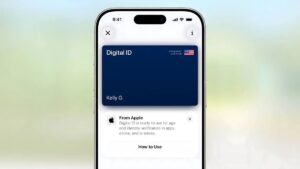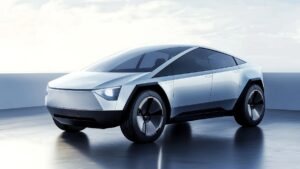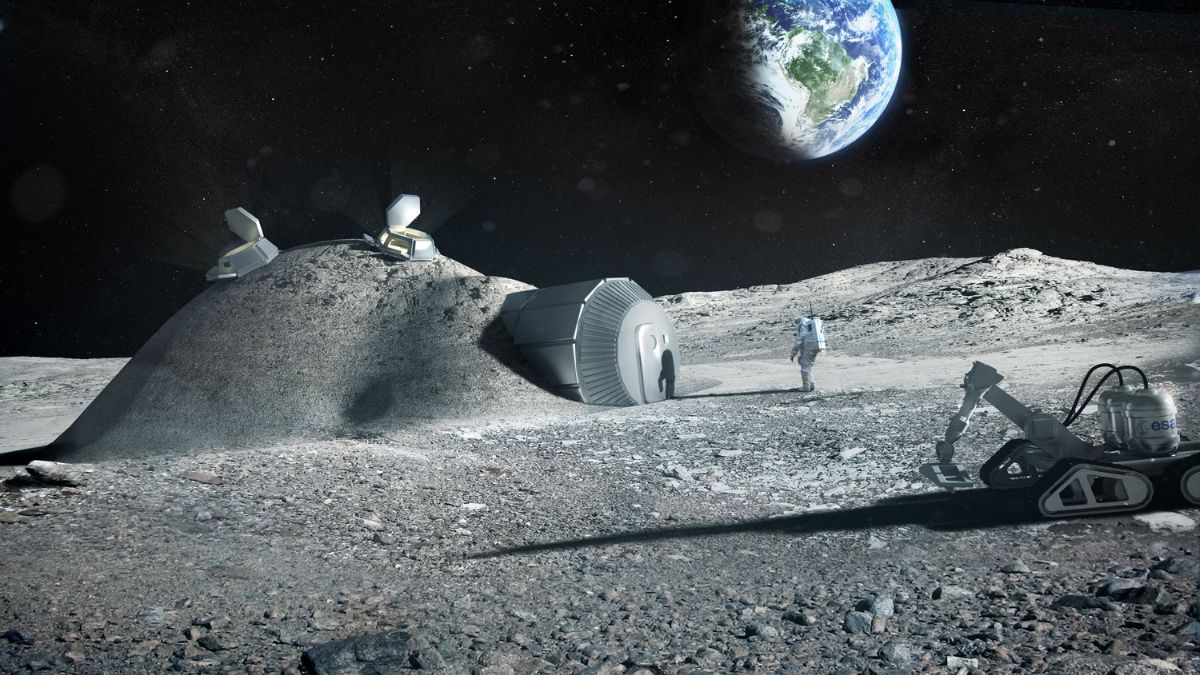Have you noticed that pink cars have practically vanished from American roads? Not long ago, they were eye-catching symbols of style and individuality. Think Elvis Presley’s iconic Pink Cadillac or Barbie’s dreamy convertible. So, why don’t you see pink as an option at dealerships anymore? It turns out, there’s a fascinating mix of history, culture, and cold business logic behind their disappearance.
History
To understand where pink cars went, we need to understand what pink meant. Today, we mostly associate pink with femininity. But that wasn’t always the case. According to Leatrice Eiseman, a color expert and executive director of the Pantone Color Institute, pink used to be linked more with boys. It was seen as a lighter version of red—a bold and energetic color.
This perception shifted in the 1950s. Mamie Eisenhower, First Lady of the United States, made several public appearances wearing pink. Around the same time, the Barbie doll brand was born, reinforcing the new idea that pink was “for girls.” Over time, pink became strongly tied to femininity, and with it, a more niche appeal in industries like automotive design.
Marketing
For car manufacturers, color choice isn’t just about looks—it’s about market research. Automakers study which colors sell and which ones don’t. Unfortunately for pink lovers, data revealed that pink cars didn’t have a broad enough customer base to justify mass production.
Sure, pink cars once had their moment. In the mid-20th century, several models were produced specifically for young women. But this didn’t last long. The automotive industry realized that producing cars for such a small niche wasn’t cost-effective.
Durability
Aside from marketing challenges, pink paint comes with practical issues. Lighter shades like pink tend to fade faster, especially when exposed to sunlight. This is particularly true when applied to metal car bodies. That means more frequent repairs and touch-ups, which adds cost for both manufacturers and car owners.
So even if someone was willing to pay extra for a pink car, they’d be stuck with higher maintenance costs in the long run. That combination—low demand and high upkeep—made it an easy decision for carmakers to ditch pink from their color options.
Custom
Now, don’t get discouraged. You still have tons of choices when buying a new car. Brands offer multiple models, trims, accessories, wheel styles, and yes, lots of paint colors. White and black are still the go-to options for most people, followed by grays, blues, and reds. Want something bolder? Green and orange are still around for the daring few.
What’s ironic is that even though we can personalize so many features—number of doors, interior colors, tech packages—we still can’t pick pink off the showroom floor.
Legacy
Even if pink cars aren’t being produced anymore, their legacy remains. Who could forget Elvis Presley’s flashy Pink Cadillac? Or Barbie’s stylish convertible that inspired generations of kids? And let’s not overlook the Porsche 917/20 “Pink Pig” that once raced at Le Mans—an unexpected burst of color in the world of motorsport.
Pink cars may be rare today, but they haven’t been forgotten. They’ve left a colorful mark on culture, one that still stands out in memory even if not on the highway.
FAQs
Why don’t car brands offer pink cars?
Pink lacks market demand and has higher maintenance costs.
Was pink ever a popular car color?
Yes, especially in the 1950s and 60s, mainly for women.
Can I still get a pink car today?
Yes, through custom paint jobs or vinyl wraps.
Why does pink paint fade faster?
Lighter pigments break down quicker under sunlight.
What’s the most iconic pink car?
Elvis Presley’s Pink Cadillac is the most well-known.























